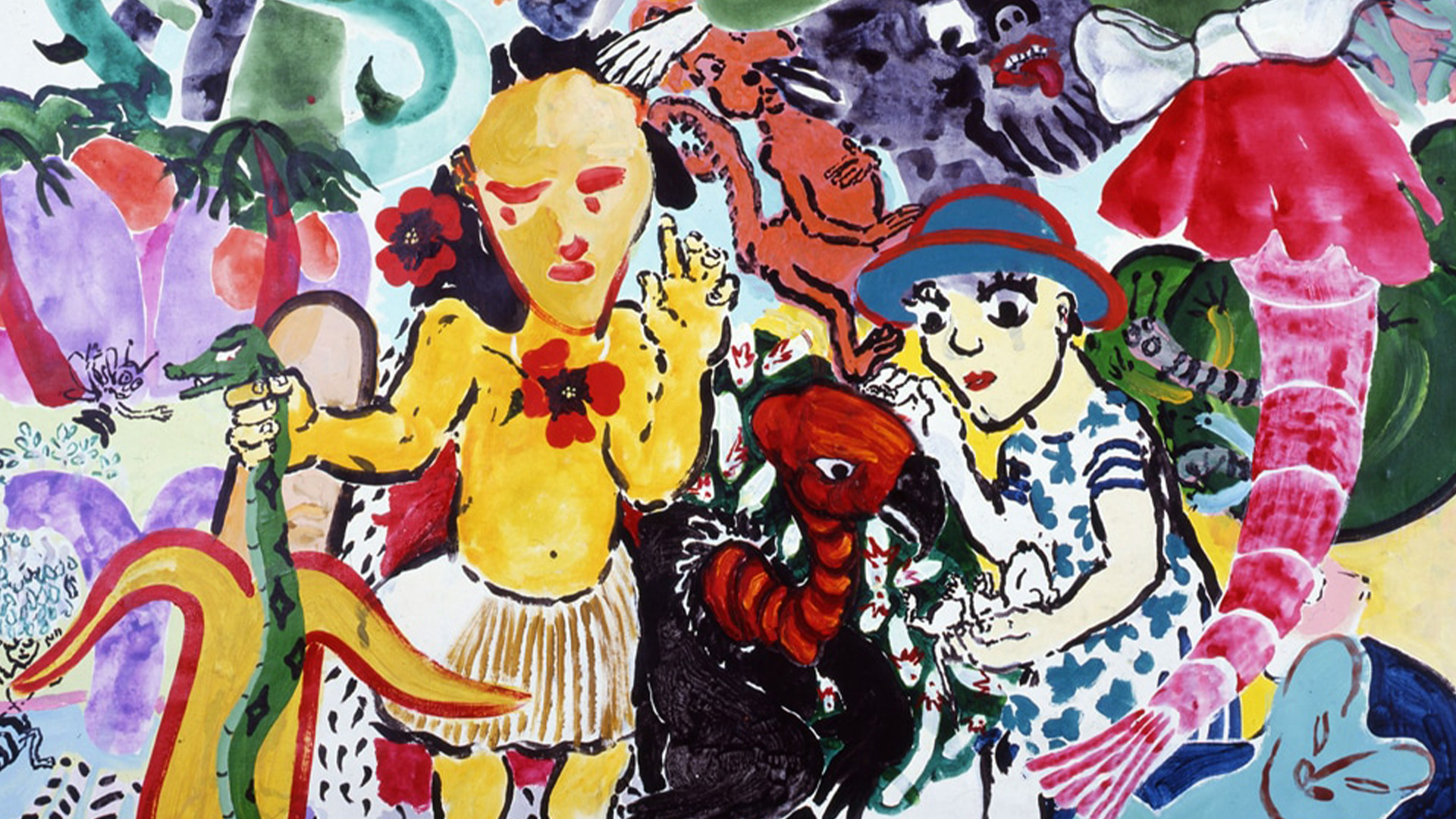Director: Saodat Ismailova
Cast: Rukhshona Sattarova, Barohat Shukurova, Saodat Rahimova, Farida Olimova
Uzbekistan, The Netherlands, Germany, France, 2014, 88’, color
Tadjik with Turkish and English subtitles
Chilla focuses on a family living in rural Uzbekistan, surrounded in isolation by a striking, mountainous terrain. In this matriarchal home, men are inexplicably removed. Each of the four women portrayed find themselves at turning points–of one sort or another–in their lives. Director Ismailova offers a contemplative view into an extraordinarily intimate female world. Her film is a portrait of four individuals closely tied to one another, and the solitary process by which each builds their own identity. It is a testament to the human will towards self-determination, told through carefully composed, sweeping imagery.

While Paula Rego belatedly was recognised as one of the leading feminist pioneers of her age, little has been written about her exploration of fluid sexuality. Indeed the current of sado-masochism in her drawings and paintings, has tended to encourage an understanding as a classic clash between the patriarchy and exploited women.

He didn’t expect this from me. And I hadn’t expected that we would decide to get married that day, at that moment. Everything happened all of a sudden, but exactly like it was supposed to happen in our day. We thought of the idea of marriage simultaneously, we smiled simultaneously, blinking and opening our eyes in unison.
Tuesday - Saturday 10:00 - 19:00
Friday 10:00 - 22:00
Sunday 12:00 - 18:00
The museum is closed on Mondays.
On Wednesdays, the students can
visit the museum free of admission.
Full ticket: 300 TL
Discounted: 150 TL
Groups: 200 TL (minimum 10 people)